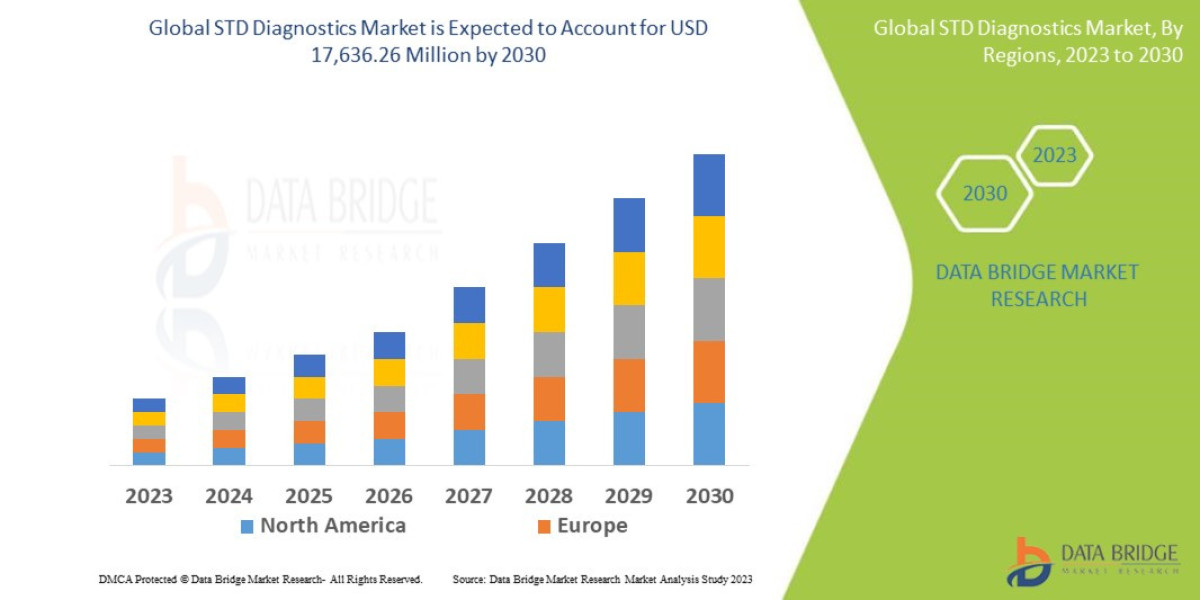The 3D sensor industry is rapidly expanding, driven by the increasing need for depth-sensing technology across a variety of industries. These sensors capture three-dimensional data from objects or environments, enabling machines and systems to perceive depth, shape, and spatial characteristics. As devices and applications become more intelligent and interactive, 3D sensors play a critical role in bridging the gap between the digital and physical worlds.
From smartphones and gaming consoles to autonomous vehicles and industrial robotics, 3D sensors are revolutionizing how machines interpret and respond to their surroundings. Their integration is helping industries achieve greater accuracy, safety, and efficiency in operations, making them a cornerstone of modern technological innovation.
What are 3D Sensors?
3D sensors are advanced components that detect and measure objects in three dimensions using various techniques such as structured light, time-of-flight (ToF), stereoscopic vision, and laser triangulation. They work by projecting light onto an object or space and calculating the time it takes for the signal to return, or by analyzing multiple image perspectives to determine depth and contour.
Common types of 3D sensors include:
Time-of-Flight (ToF) Sensors
Stereo Vision Sensors
Structured Light Sensors
Ultrasound and Lidar-based Sensors
These sensors are used for gesture recognition, facial authentication, object scanning, motion tracking, and environmental mapping in a wide array of applications.
Key Drivers of the 3D Sensor Market
1. Rise of Consumer Electronics and Smartphones
Smartphones and tablets are increasingly equipped with 3D sensing capabilities for features like facial recognition, augmented reality (AR), and portrait photography. Leading device manufacturers integrate ToF or structured light sensors to enable secure unlocking, 3D selfies, and immersive AR applications.
2. Growth in Automotive and Autonomous Vehicles
3D sensors are essential for Advanced Driver Assistance Systems (ADAS) and autonomous driving technologies. They support functions like obstacle detection, pedestrian monitoring, lane keeping, and real-time environmental mapping, helping vehicles navigate safely and efficiently.
3. Expansion of Industrial Automation and Robotics
In manufacturing and logistics, 3D sensors enable robotic arms to perform complex tasks such as object recognition, bin picking, and precision assembly. These sensors enhance automation by allowing robots to interpret and interact with their surroundings in real time.
4. Advancements in Gaming and AR/VR
3D sensors provide motion tracking and depth perception in gaming consoles and VR/AR headsets, creating immersive and interactive experiences. They enable players to interact naturally with digital content through body movements and gestures.
5. Use in Healthcare and Medical Devices
In the healthcare sector, 3D sensors support patient monitoring, orthopedic scanning, surgical navigation, and biometric data collection. These applications require high accuracy and non-invasive data acquisition, which 3D sensing technologies offer.
Technological Trends in the 3D Sensor Market
1. Miniaturization and Integration
Manufacturers are developing compact 3D sensors that can be easily embedded into portable devices like smartphones, wearables, and drones. This trend supports the growing demand for sleek, multifunctional products without compromising on performance.
2. AI and Edge Computing Integration
Combining 3D sensors with artificial intelligence allows for real-time data analysis and smarter decision-making at the edge. This reduces the need for cloud computing, enhances speed, and ensures data privacy in applications like facial recognition and gesture control.
3. Enhanced Depth Accuracy and Range
Next-generation sensors offer improved depth resolution and longer range capabilities, making them suitable for outdoor environments, autonomous navigation, and large-scale mapping.
4. Multi-Sensor Fusion
By integrating 3D sensors with other sensing technologies (e.g., thermal, lidar, ultrasonic), systems gain a more comprehensive understanding of their surroundings, leading to better performance in complex and dynamic conditions.
Challenges in the 3D Sensor Market
Despite its growth trajectory, the 3D sensor market faces several challenges:
High Cost of Advanced Sensors: Cutting-edge 3D sensors, especially those used in automotive or industrial applications, can be expensive to produce and integrate.
Environmental Limitations: Performance can be affected by factors like ambient lighting, reflective surfaces, or weather conditions, especially in outdoor settings.
Data Processing Requirements: 3D data is complex and requires high computational power for real-time processing, which may strain devices with limited processing capabilities.
Standardization and Compatibility: As the market grows, the lack of universal standards for integration and interoperability can create development and adoption hurdles.
Future Outlook
The future of the 3D sensor market is closely tied to the evolution of smart devices, automation, and immersive technologies. As industries demand more contextual and environmental awareness from machines, the use of 3D sensors is expected to grow across sectors.
Emerging applications such as smart cities, biometric payment systems, indoor navigation, and precision agriculture will further expand the use cases for 3D sensors. Additionally, improvements in sensor performance, cost reduction, and AI integration will pave the way for mass adoption.
In the coming years, 3D sensors will be at the core of intelligent, responsive, and adaptive systems—transforming how humans and machines interact with the physical world.
Related Reports:
| Analog Integrated Circuit Industry |
| Automated Shading System Industry |
| Common Mode Choke Industry |
| Dedicated Outdoor Air System Industry |
| Direct Write Semiconductor Industry |







